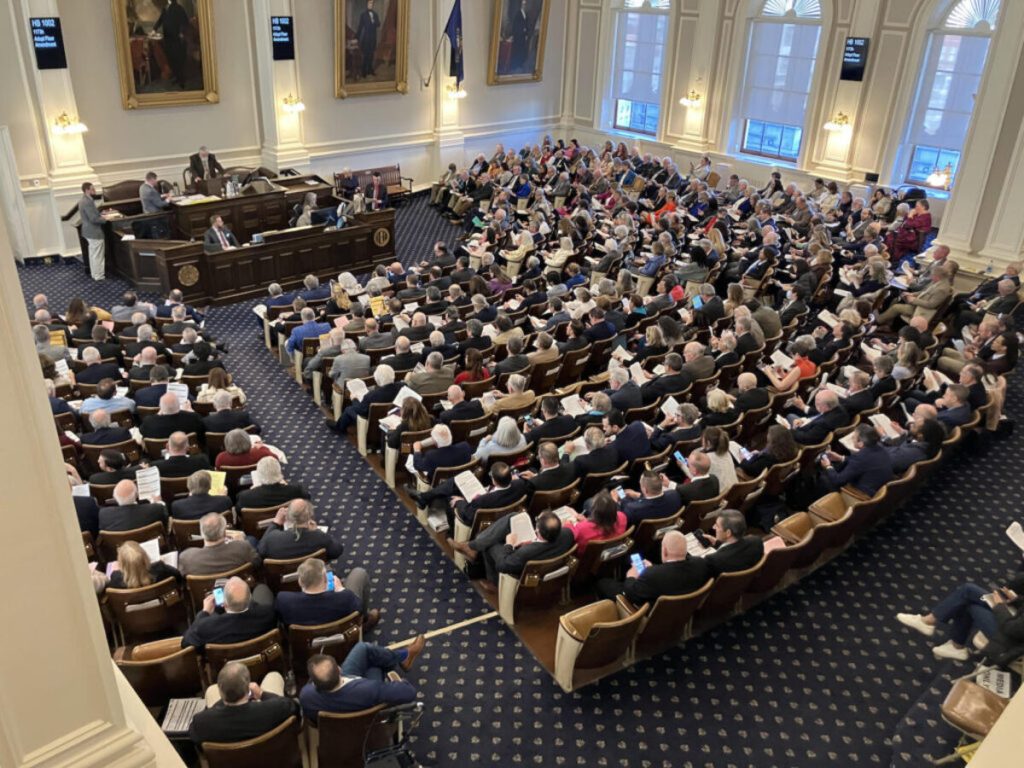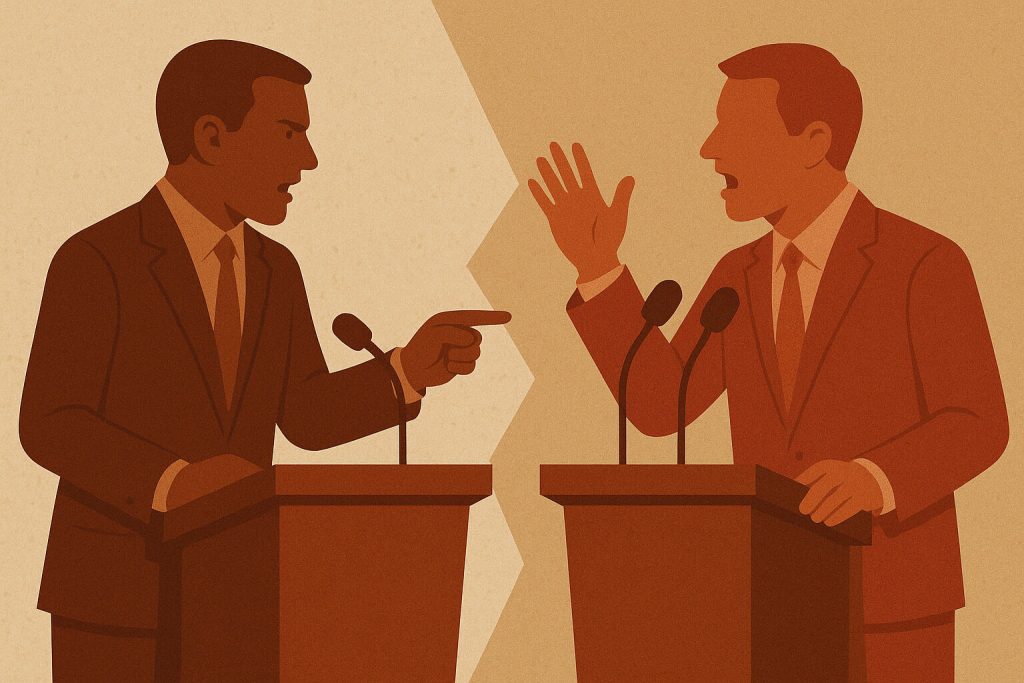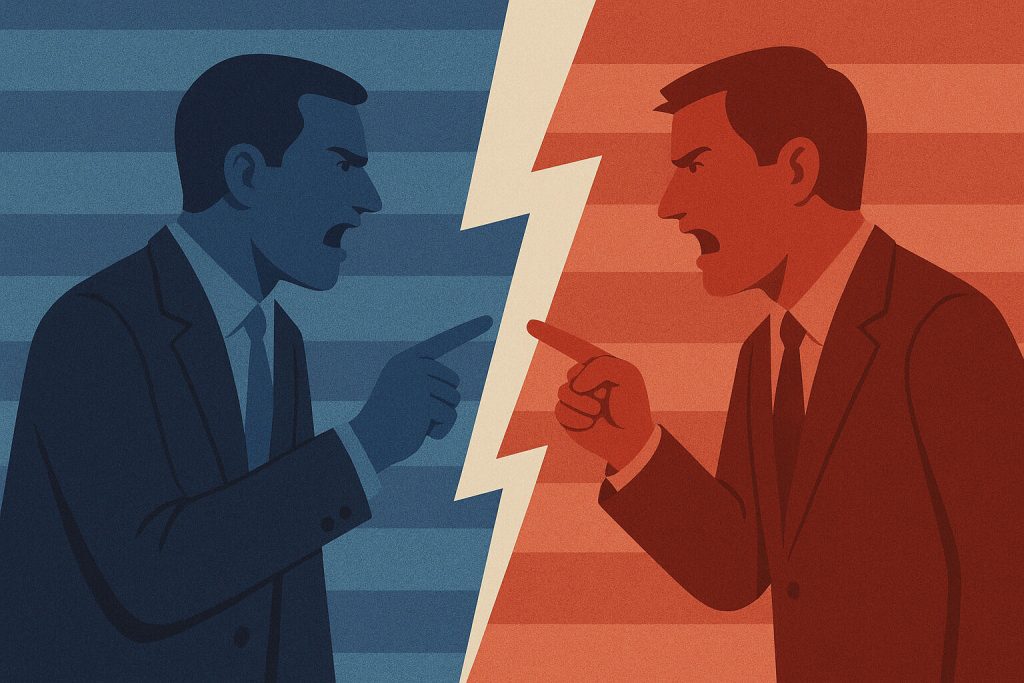
Public Opinion on Shaping Lawmaking
Laws and policies don’t appear out of nowhere—they are shaped by the concerns and priorities of the people. When the public speaks out on important issues, elected officials take notice. Whether through protests, polls, petitions, or everyday conversations, public sentiment has the power to influence what laws are proposed, debated, and ultimately passed.
A government that responds to its citizens is the foundation of a functioning democracy. However, public opinion doesn’t always translate directly into policy changes. The way people express their views, the level of public engagement, and the priorities of lawmakers all play a role in determining how public sentiment shapes legislative action.
Elected Officials Follow Voter Concerns
Politicians pay attention to public opinion because their careers depend on it. In democratic systems, voters decide who holds office, and no elected leader wants to ignore the voices of their constituents. When large segments of the population demand action on an issue, lawmakers are more likely to introduce legislation that reflects those concerns.
For example, during election years, candidates often adjust their platforms based on voter sentiment. If polling data shows that healthcare is a top concern among citizens, politicians will prioritize policies related to healthcare access and affordability. The same pattern applies to other topics, from climate change to tax policies.
Public pressure doesn’t always guarantee immediate action, but it shapes the conversations lawmakers have. Even when policies don’t change right away, the issues that receive attention often set the stage for future legislative efforts.
The Role of Polling and Public Surveys
Elected officials don’t rely on guesswork to understand what the public wants. Polls and surveys provide measurable data on voter preferences, helping lawmakers determine which policies are likely to gain support.
Public opinion polls have influenced major decisions throughout history. In the 1960s, growing support for civil rights, reflected in national polls, played a role in the passage of landmark legislation such as the Civil Rights Act. More recently, polling on same-sex marriage showed a steady increase in public approval over the years, leading to legislative and judicial decisions that legalized it nationwide.
While polls are useful, they are not always perfect. Survey results can be influenced by question wording, sample size, and political bias. However, when multiple polls show strong public support for a particular policy, it becomes difficult for lawmakers to ignore.
Protests and Grassroots Movements Drive Change
Some of the most significant policy changes in history have come from public demonstrations and grassroots activism. When people take to the streets, organize rallies, and campaign for change, lawmakers feel pressure to respond.
The Civil Rights Movement, the Women’s Suffrage Movement, and more recent climate action campaigns are all examples of public pressure leading to legislative change. These movements started with passionate individuals who mobilized communities and demanded action from political leaders.
Even when protests don’t result in immediate legislation, they often shape public conversations. Lawmakers take notice when large groups of citizens make their voices heard, especially if protests gain media attention and influence public perception.
Media Coverage Influences Legislative Priorities
The way issues are framed in the media plays a key role in shaping public opinion and, in turn, legislative agendas. News coverage, investigative journalism, and social media activism bring attention to issues that might otherwise go unnoticed.
For example, when national news outlets report on economic inequality or healthcare challenges, public awareness grows. Lawmakers may feel increased pressure to propose solutions, knowing that voters are paying attention. Similarly, social media campaigns have helped bring attention to issues such as criminal justice reform and environmental policies, pushing elected officials to take action.
While media coverage does not always lead directly to new laws, it helps shape the priorities of both the public and policymakers. Issues that receive sustained media attention are more likely to be debated and addressed by legislators.
Petitions and Direct Citizen Engagement Matter
One of the most direct ways citizens influence legislative agendas is through petitions and direct outreach to lawmakers. When thousands of people sign a petition or flood a representative’s office with calls and emails, it signals strong public interest in a particular issue.
For example, online petitions have helped push legislative efforts related to student loan forgiveness, environmental protections, and net neutrality. While not every petition leads to policy change, a large number of signatures can grab the attention of lawmakers and generate public discussion.
Citizen engagement also extends to town hall meetings, community forums, and direct conversations with elected officials. Politicians often adjust their priorities based on the feedback they receive from constituents, making public participation an essential part of the legislative process.
Public Opinion Can Shift Political Agendas Over Time
Not all policy changes happen overnight. In many cases, public opinion gradually influences legislative priorities over months or even years. Topics that were once considered controversial or politically risky can gain widespread support as societal attitudes evolve.
For example, public opinion on marijuana legalization has changed significantly over the past few decades. What was once a fringe issue has now become a mainstream policy discussion, with many states enacting legalization measures in response to growing public support.
Changes in public opinion can also be generational. Younger voters often have different priorities than older generations, and as they become more politically active, their concerns gain greater influence over legislative decisions.
Elections Reinforce the Power of Public Opinion
Voting is one of the strongest ways the public can shape legislative agendas. When people elect candidates who align with their values, they help set the direction of future policies.
For instance, if voters prioritize climate change, they are more likely to elect leaders who advocate for environmental policies. If economic concerns are at the forefront, candidates who focus on job creation and tax reforms may gain more support. The officials who win elections determine which laws get proposed and which issues receive attention.
Public opinion doesn’t just influence policy through direct protests or polling—it plays out in every election cycle, shaping the priorities of political leaders at every level.
A Public Voice That Shapes the Future
Public opinion has always played a major role in shaping legislative priorities. Whether through polling, grassroots activism, media attention, or direct engagement with lawmakers, the collective voice of the people influences which policies move forward and which remain in debate.
A government that listens to its citizens is one that evolves with the changing needs of its people. Staying informed, participating in elections, and engaging with policymakers ensure that public concerns remain at the heart of legislative decision-making.


